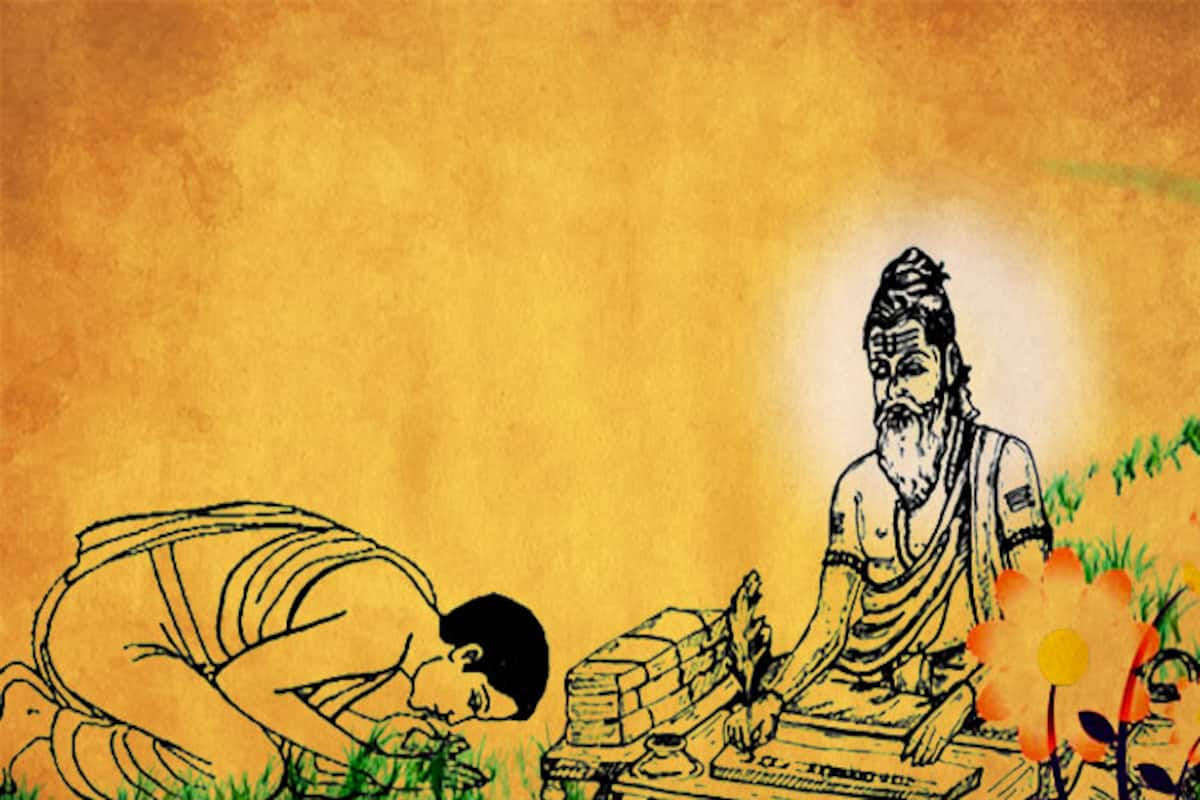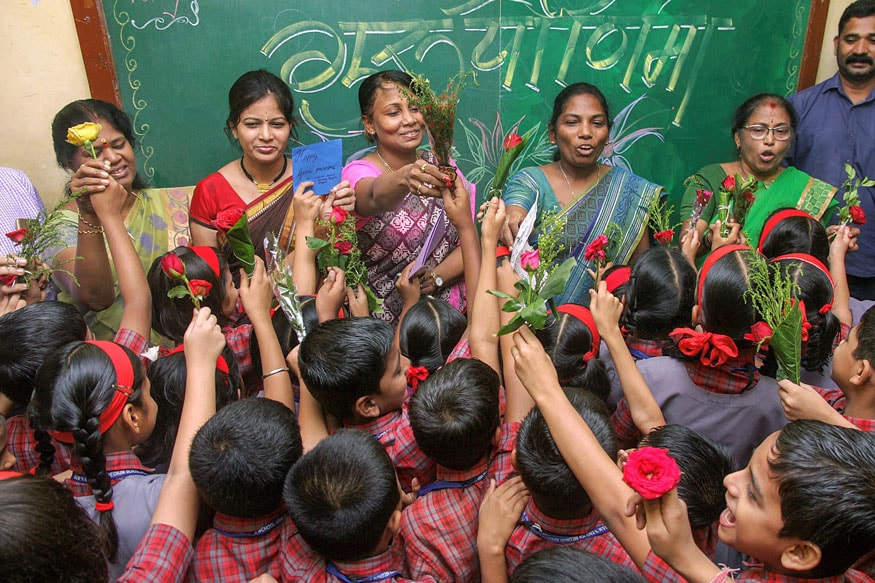

Guru Purnima (Poornima) is a tradition dedicated to all the spiritual and academic Gurus, who are evolved or enlightened humans, ready to share their wisdom with no monetary expectation, based on Karma Yoga. It is celebrated as a festival in India, Nepal and Bhutan by Hindus, Jains and Buddhists. This festival is traditionally observed to honour one’s chosen spiritual teachers or leaders. It is observed on the full moon day (Purnima) in the Hindu month of Ashadha (June–July) as it is known in the Hindu calendar. The festival was revived by Mahatma Gandhi to pay tribute to his spiritual guru, Shrimad Rajchandra. It is also known as Vyasa Purnima for it marks the birthday of Veda Vyasa, the sage who authored the Mahabharata and compiled the Vedas.

OBSERVANCES
he celebration of Guru Poornima is marked by spiritual activities and may include a ritualistic event in honor of the Guru; that is, the teachers which is called Guru Pooja. The Guru Principle is said to be a thousand times more active on the day of Guru Purnima than on any other day. The word Guru is derived from two words, gu and ru. The Sanskrit root gu means darkness or ignorance, and ru denotes the remover of that darkness. Therefore, a Guru is one who removes the darkness of our ignorance. Gurus are believed by many to be the most necessary part of life. On this day, disciples offer pooja (worship) or pay respect to their Guru (spiritual guide). In addition to having religious importance, this festival has great importance for Indian academics and scholars. Indian academics celebrate this day by thanking their teachers as well as remembering past teachers and scholars.
Traditionally the festival is celebrated by Buddhists in honor of the Buddha who gave his first sermon on this day at Sarnath, Uttar Pradesh, India. In the yogic tradition, the day is celebrated as the occasion when Shiva became the first Guru, as he began the transmission of yoga to the Saptarishis. Many Hindus celebrate the day in honor of the great sage Vyasa, who is seen as one of the greatest Gurus in ancient Hindu traditions and a symbol of the Guru-shishya tradition. Vyasa was not only believed to have been born on this day, but also to have started writing the Brahma Sutras on ashadha sudha padyami, which ends on this day. Their recitations are a dedication to him, and are organised on this day, which is also known as Vyasa Purnima. The festival is common to all spiritual traditions in Hinduism, where it is an expression of gratitude toward the teacher by their disciple. Hindu ascetics and wandering monks (sanyasis), observe this day by offering puja to their Guru, during the Chaturmas, a four-month period during the rainy season, when they choose seclusion and stay at one chosen place; some also give discourses to the local public. Students of Indian classical music and Indian classical dance, which also follow the Guru shishya parampara, and celebrate this holy festival around the world. According to the Puranas, Shiva is considered the first Guru.

TRADITIONS IN INDIA
Irrespective of their religions, Indian academics celebrate this day by thanking their teachers. Many schools, colleges and universities have events in which students thank their teachers and remember past scholars. Alumni visit their teachers and present gifts as a gesture of gratitude.
Students arrange different art-competitions accordingly. The main tradition among guru-shishya is blessings (i.e. student greet his/her guru) by reciting a poetry or quote and the guru gives blessings for success and happiness of an individual. In short, guru purnima is a traditional way of Indians celebrating Teacher’s Day. According to FestiManiac, celebrating guru purnima with parents is the real motivation of the day.
In India, Hindu disciples often worship their spiritual teacher (or his idol) on the day of Guru Purnima.
